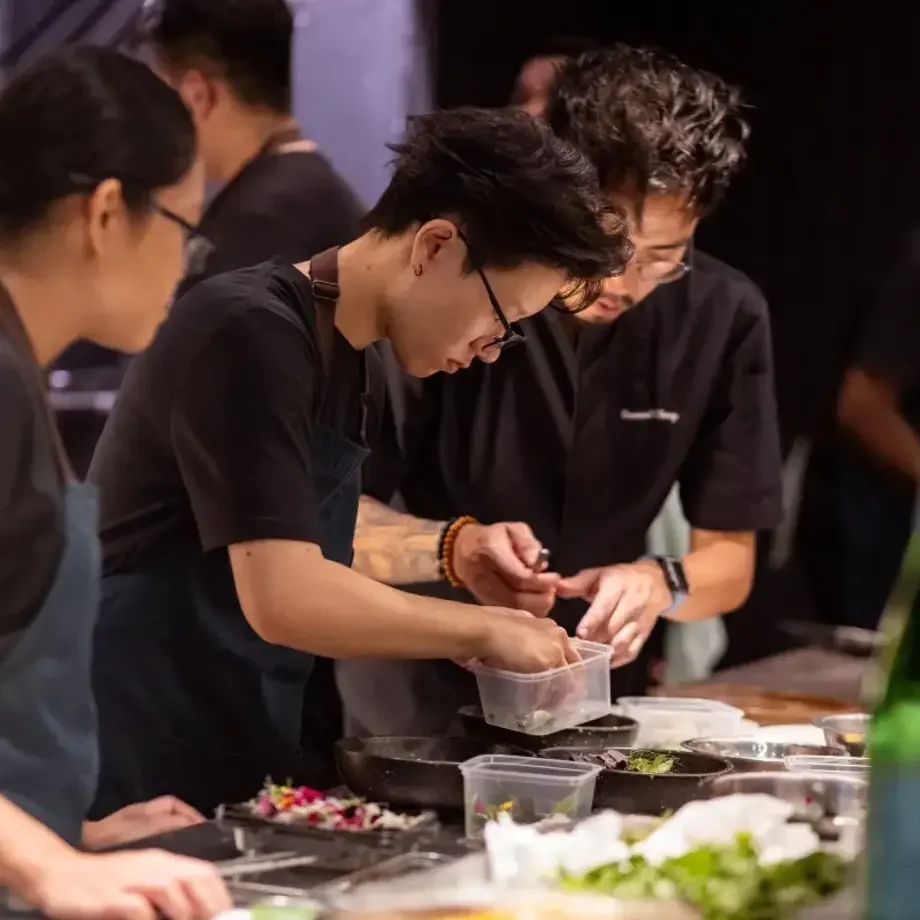Rancid: (Of foods containing fat or oil) Smelling or tasting unpleasant as a result of being old and stale.
The above is how the Oxford dictionary defines the word ‘rancid’, adding that it’s also something that provides people with a 'highly unpleasant' and 'repugnant' reaction.
After reading this definition it seems strange to suggest that rancid is something that chefs should be considering as a taste to use in the kitchen, but that’s exactly what I’m about to do.
Rancidity and culture
First consider rancid – do you wince a little? Twist your lips in a lemon-sucked-style? Spin your head to the side in disgust? If you’ve grown up with a standard Western diet then it’s a fair to say that the idea of rancid food is probably something that repels you more than it attracts. But if you’ve grown up in the Faroe Islands eating rast, a lamb that’s hung without preservatives for up to two years; in Morocco consuming salted smen, a fermented butter; or farming Yaks in Tibet, living off the constantly evolving butter of your herd, your idea of rancidity will most likely be very different.
“Rancidity exists in many different cultures," says Roberto Flore, head of culinary research at The Nordic Food Lab (NFL) and a man who has spent the past few months in a kitchen surrounded by varying degrees of rancid butter. “The cultural value was the first engine for starting this research. Trying to understand more why people like some products and why others really don’t like them. If you are able to explain this is a natural process, how it happens, then you start to create the right steps to give the tools to the people to understand that specific flavours also need to be connected with important cultural messages and specific areas of the world. At this point you can connect more cultures and create a deeper understanding of what is actually edible.”
Research on rancidity: the science behind the stink
The rancid research carried out at NFL was conducted by Johnny Drain, a research intern with a PhD in Materials Science from the University of Oxford. It consists of four concise papers analysing the scientific, cultural and culinary impact of rancidity, with a particular focus on rancidity in butter.
Samples from the Nordic Food Lab:













